I have a confession to make.
I’ve never heard of STEM until 2017.
I know, I know. You’re probably shaking your head and thinking Jewel has been hiding under a rock for the longest time. Well, that was in the past — thanks to my innovative ex-principal who believed in me even though I was mostly clueless at the start and had so many misconceptions about STEM.
It’s such a shame that so many educators are missing out on how wonderful STEM/STEAM is for engaging learners of all ages because of numerous STEM myths that have been around for some time now.
To hopefully encourage and empower you to try (or continue) STEM in your classroom, here are 5 of numerous STEM myths that I would like to help clear up for you:
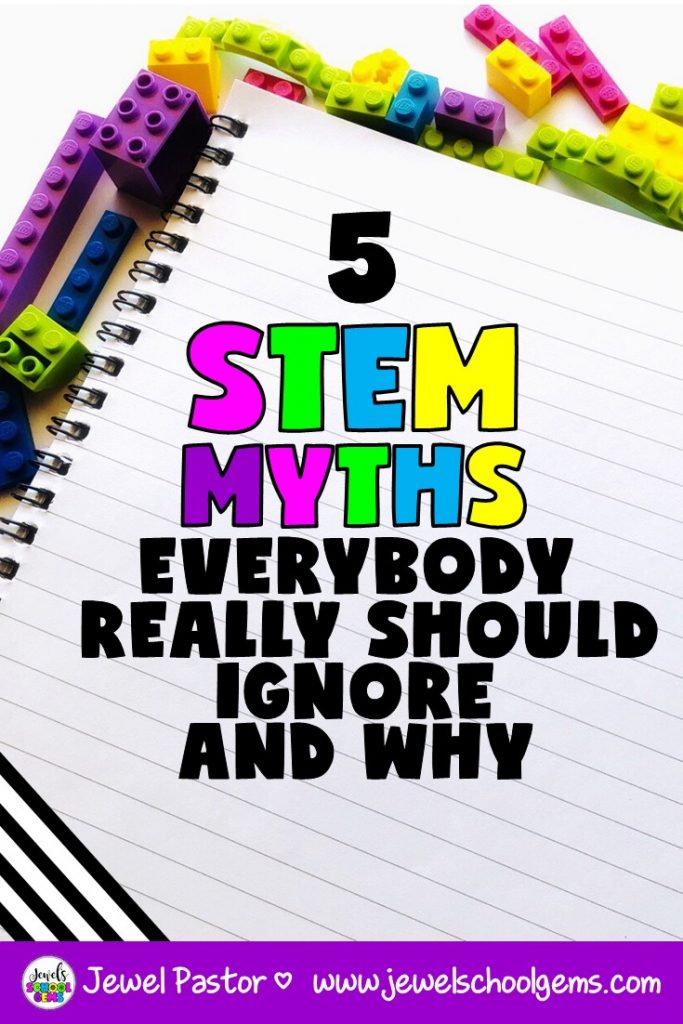
Myth No.1: STEM is only robotics and coding.
While robotics and coding activities certainly scream “STEM” during this age of technological advancements, these are not the only STEM activities that you can do in the classroom.
This myth actually annoys the heck out of me because it discourages many teachers who have limited funding and/or have no access to expensive technology. When in fact, there are so many awesome STEM activities that one can do unplugged.
If you’re not familiar, an unplugged activity is simply an activity conducted without the use of computers or electronic equipment.
Your students can do STEM challenges that will enable them to solve problems, design, build, think creatively, communicate, and collaborate with each other.
They can also learn about giving instructions, writing commands, and planning algorithms through unplugged coding activities. These activities can be done without the need for 1:1 access to iPads and tablets or robots (though they’re seriously cool, too).
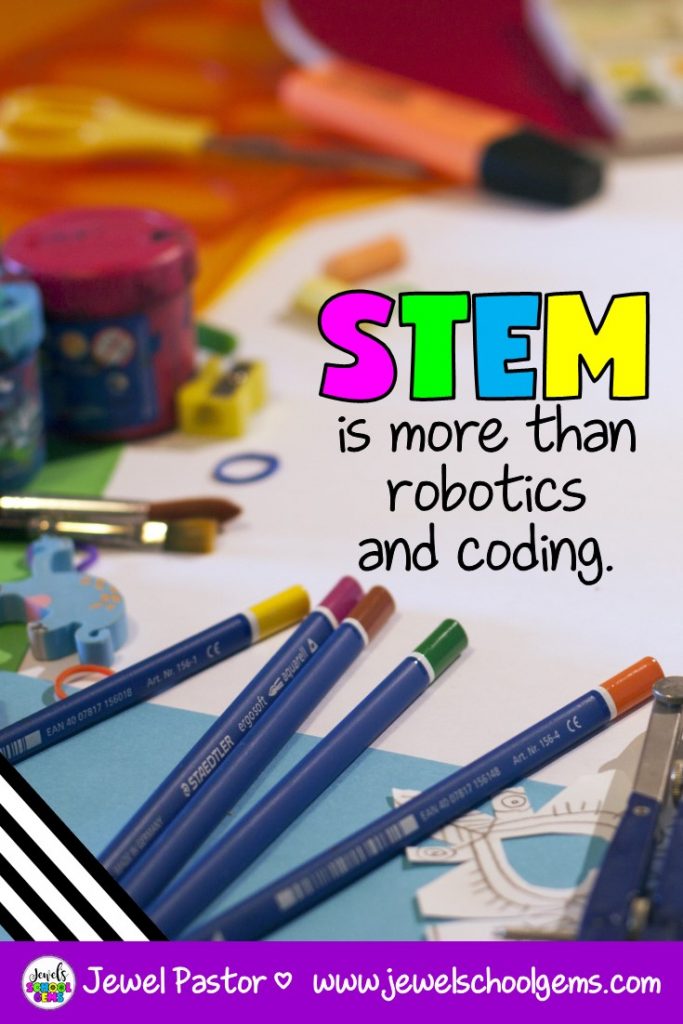
Myth No.2: STEM involves extensive training.
Truth be told, I had no formal training when I was first asked to be a part of a team of teachers who started STEM in my school a few years ago. But did I pull it off? Definitely. That year that I incorporated STEM into Inquiry Learning was one of the best years of my teaching career.
I know more now of course and I’m actually planning to pursue my Master’s degree in STEM once my little one grows a bit older. I’m also always on the lookout for STEM professional development opportunities that I can attend and afford.
I’ll admit though that when I first started doing STEM in the classroom, I had tremendous anxiety from not knowing where to get the activities I needed to teach different concepts.
I found myself searching the Internet and Pinterest almost endlessly for ideas.
The difficulty I experienced looking for teaching resources eventually led me to create several STEM activities. I made sure that these STEM activities not only cover a wide range of topics, but also a wide range of holidays and seasons. Not only will I be able to celebrate and have fun with my students, I’ll also be able to encourage them to practice their STEM skills, such as critical thinking, creativity, and teamwork.
You can see these STEM activities HERE or on Teachers Pay Teachers.
Given the right resources, even without extensive training yet, you’ll be able to pull off STEM teaching successfully, too.

Myth No.3: STEM requires a big budget.
This doesn’t have to be the case. I certainly didn’t have a lot of money when I started a MakerSpace in my classroom, but by buying second hand items, collecting recyclable materials, and enlisting the help of parents, I was able to start one.
I feel very passionate about this topic that I wrote an entire blog post on it. Read it HERE.
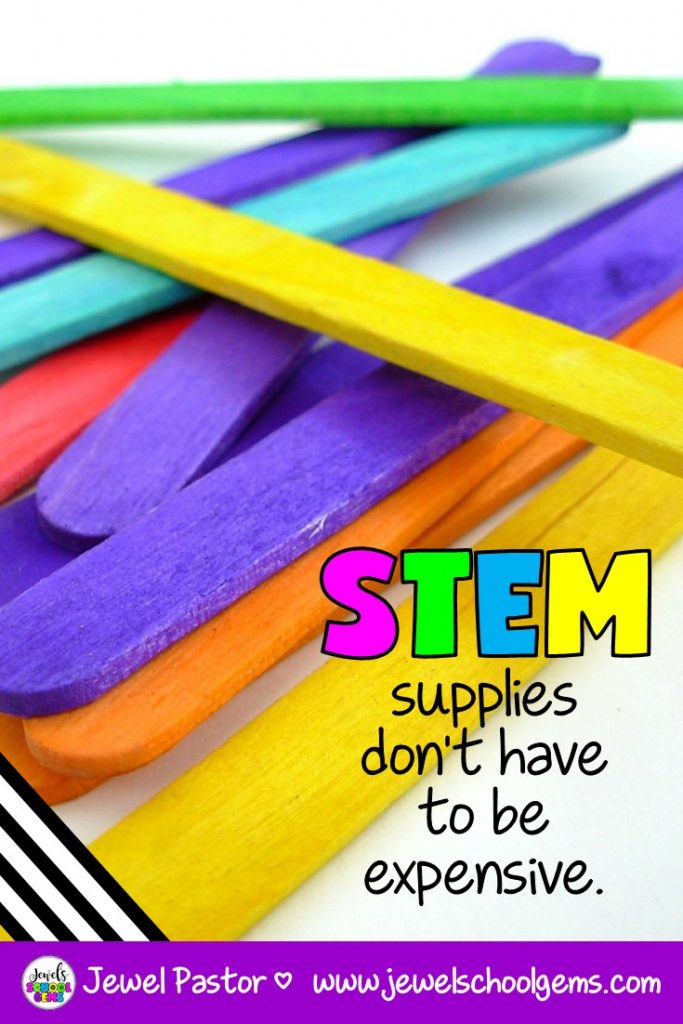
Myth No.4: STEM is only for older and advanced students.
It is often thought that STEM is only for older and advanced learners, but this can’t be further from the truth.
STEM is for everyone.
Given the opportunity and guidance, little ones, pre-readers, and children with special needs can think creatively, work to the best of their ability, complete their work on time, and build using the engineering design process.
These children can complete their chosen task using any of the materials in the Makerspace or whichever ones you have available. LEGO, linking cubes, unifix cubes, pattern blocks, play dough, geoboards, Qubits, Magformers,
Keva Planks, and kinetic sand are just some of the materials students can use, as well as the ones that are on my FREE Supplies List found in our Free Resource Library.
Here are a few sample work by my own child and the students of a few of my teacher-friends in the US:
Amazing what these children can do, right? Your students can be this creative, too. Grab a sample I CAN CREATE STEM Choice Board from our Jewel’s School Gems STEM Teacher Club or purchase them in my store on TpT.

Myth No.5: STEM and Religion cannot be combined.
I remember vividly when I had the realization that I could actually create STEM challenges based on stories from the Bible.
It was during Winter of 2017. I was tasked to lead the youth camp during the term break. Having tried various STEM challenges with my own students that year and seeing how much they loved them, I decided to introduce STEM to the kids and teens in our church.
That day in July, the youth in our church not only learned more about the stories of the Tower of Babel, Noah’s Ark, and David and Goliath, but also designed and built towers, arks, and slingshots while going through the Engineering Design Process.
That’s only the start. I ended up creating more Bible Stories STEM Challenges that you’ll be able to see HERE or on TpT.
Whatever your religion is, if you’re well versed with the stories from its sacred texts, you’ll be able to integrate these with STEM and create a learning experience like no other.
You can also try my Bible Stories STEM by grabbing a FREE sampler in our Free Resource Library.

Those are 5 of the most common STEM myths I have heard recently. Do you have other misgivings that are keeping you from engaging in STEM activities? Feel free to comment below or contact me directly.
I will be writing several more posts in the coming months with tips and suggestions for beginning and building a STEM program. Be sure to check the blog so you don’t miss any!
This blog post was last updated on April 21, 2022.

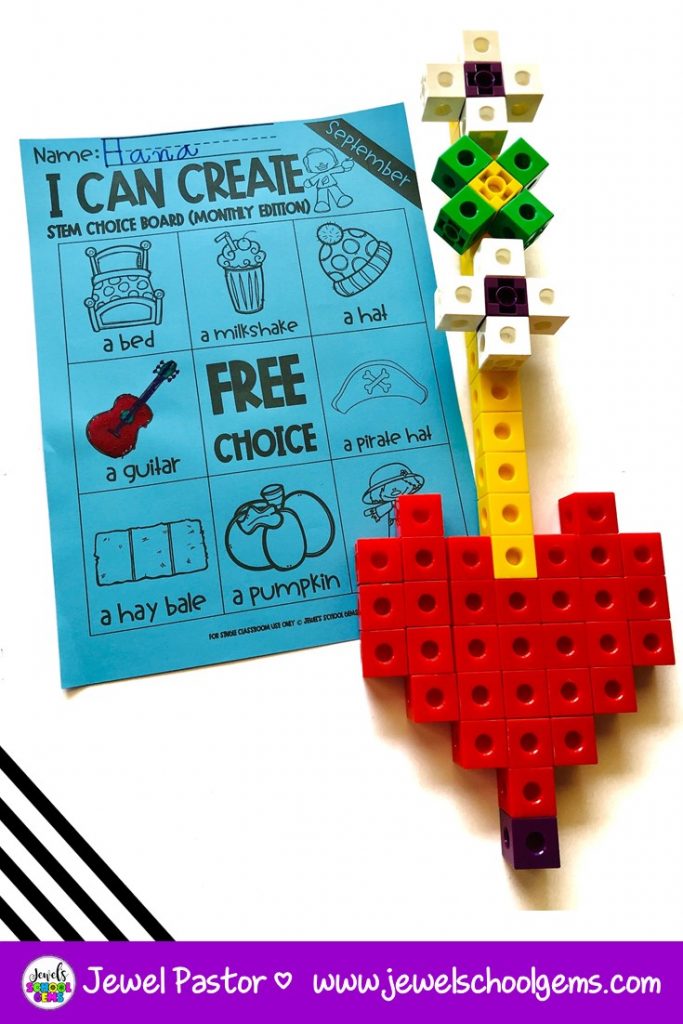
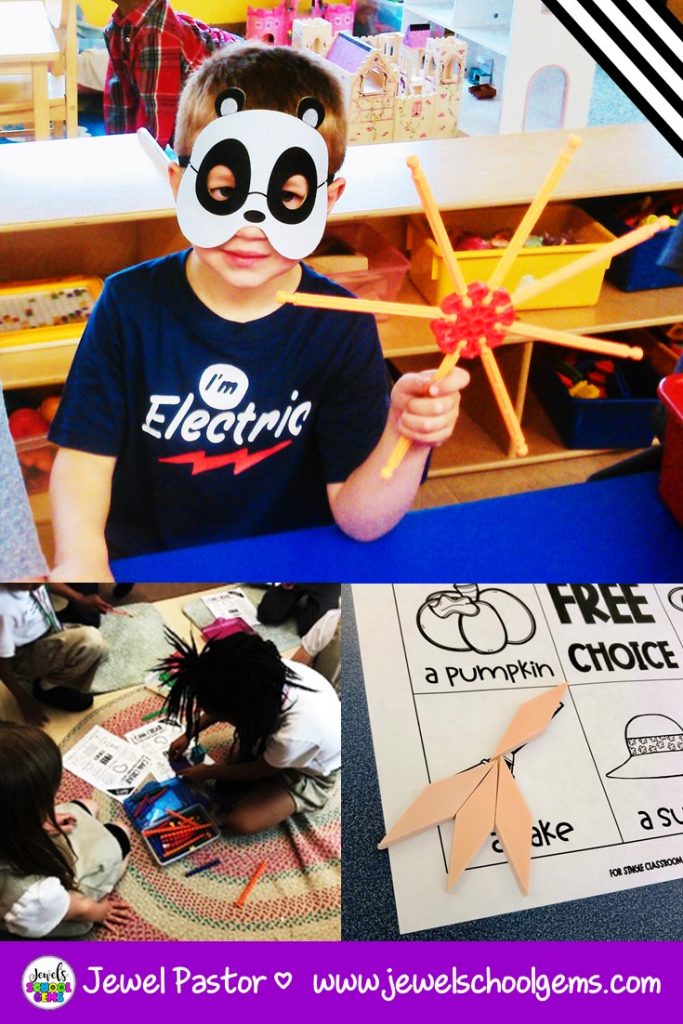




Leave a Reply
You must be logged in to post a comment.